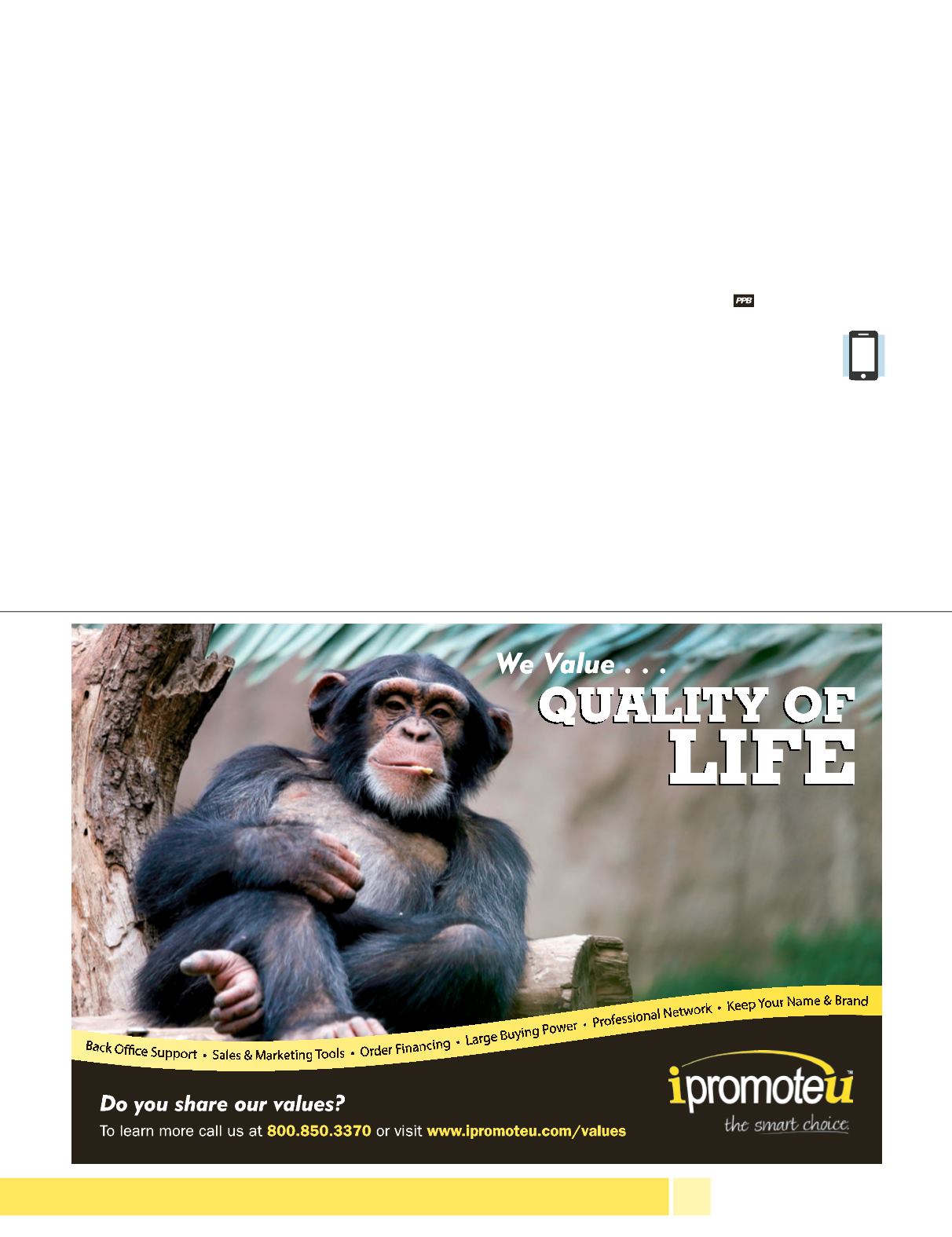

relevant to the issue or product they are try-
ing to address, and providing the wrong
information can do more harm than good.
Qualify each request.
Requests for informa-
tion need to be justified as being applicable
to the customer or the product being sold.
You may have to deny a request because it is
irrelevant or potentially proprietary informa-
tion. Deciding what information is okay to
share is not always simple and usually
requires a conversation with your customers
and the senior management of your organi-
zation.
Become product (quasi) experts.
Compliance people are a strange breed.
Where else can you find a person who knows
as much about color migration of 210D poly-
ester as they do about lithium-ion battery
safety certifications? It is important that as
your product line grows you have a deep
understanding of the regulatory, safety and
sourcing challenges that apply to each type of
product. This knowledge is crucial to
enabling you to provide informed answers to
your customers later.
Take a hard look at your supply chain.
Some areas of the supply chain may need
additional investigation. How do you ensure
that your company’s Code of Conduct is
spread to every corner of your supply chain,
and how do you document that? Boots on
the ground in the places where you source
are invaluable when it comes to truly know-
ing your suppliers.
Don’t go it alone.
As the industry trans-
forms, there are many opportunities to col-
laborate. Increasing trust between compa-
nies is one of the easiest ways to promote
meaningful ways to be transparent. Also, we
can learn a lot from other industry organi-
zations that face similar challenges and help
to make transparency easier and more stan-
dardized, such as American Apparel &
Footwear Association (AAFA),
International Consumer Product Health
and Safety Organization (ICPHSO),
Supplier Ethical Data Exchange (Sedex),
PPAI, Quality Certification Alliance
(QCA) and others.
The good news is that the increased
calls for transparency are an indicator that
our industry is maturing, just like the toy,
footwear and apparel industries did a decade
ago. As the demand for transparency grows,
companies will start to discern themselves
by their approach to it. With that demand
and transparency, the health and safety of
the products (and the people who make
them) grows as well. The companies that
provide leadership in this space will ulti-
mately lead our industry to a safer and more
successful future.
Josh Kasteler is the manager of
quality assurance and compli-
ance for Lawrence,
Massachusetts-based supplier
Gemline. He currently serves on
the PPAI Product Responsibility
Action Group and the
Compliance Committee for the
Quality Certification Alliance
(QCA). Kasteler lived in Asia for
several years while working in
the footwear and apparel indus-
try. He can be reached at
jkasteler@gemline.com.JANUARY 2015 •
PPB
• 77
















